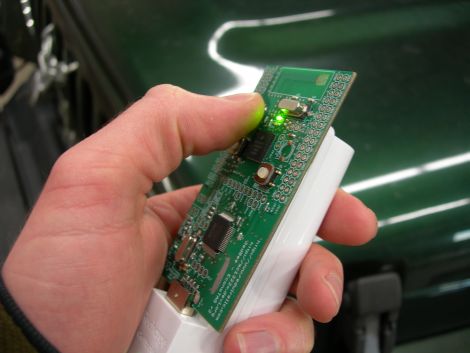Earlier this Fall, a Samsung warehouse in South Africa was robbed and the thieves got away with a quantity of smart televisions. Samsung proceeded to implement a little-known feature called “TV Block” which is installed on all of their TV products. The serial numbers of the stolen TV sets are flagged in their servers, and if one of these sets tries to connect the internet in the future, it will recognize that it is stolen and proceed to brick itself, disabling all television functionality.
So while this real-life scenario makes sense, it is a bit alarming to realize the implication of such a feature — the manufacturer can reach into your TV and disable it from afar. One can assume that Samsung won’t abuse this capability, because acting otherwise would harm their reputation. In a press release, Samsung announced that any consumers whose sets were incorrectly bricked can have their sets un-bricked after demonstrating proper ownership.
Despite such good intentions, the mere existence of such a feature is worrisome. What someone hacks the system and begins bricking TVs all over the world willy-nilly? If you are concerned about this possibility, one option of course is to never connect your TV set to the internet. But in that case, it might be better to just buy a “dumb” television set instead.
Anti-theft immobilizers are not new — one system was patented over 100 years ago to thwart car thieves. Car stereo systems have also long featured technology that renders them unusable when stolen. Although this robbery brought Samsung’s “TV Block” to consumers’ attention, we wonder if other manufacturers have similar anti-theft systems which aren’t well publicized. If you know of any, please share in the comments below.














